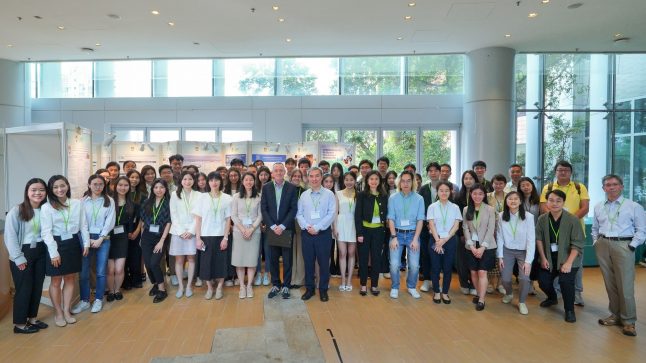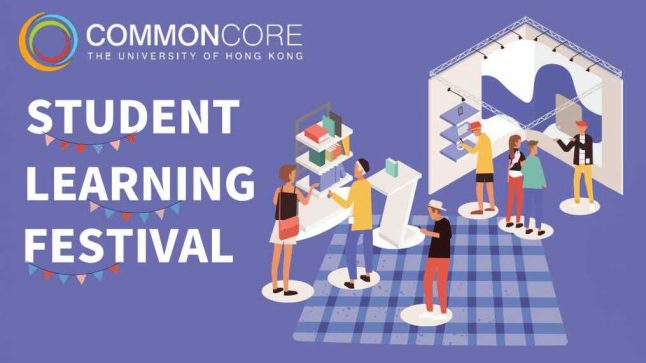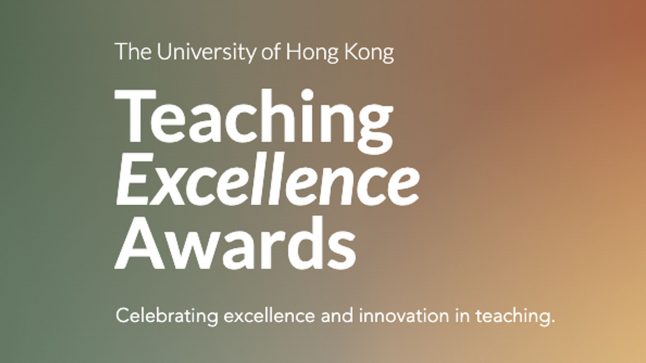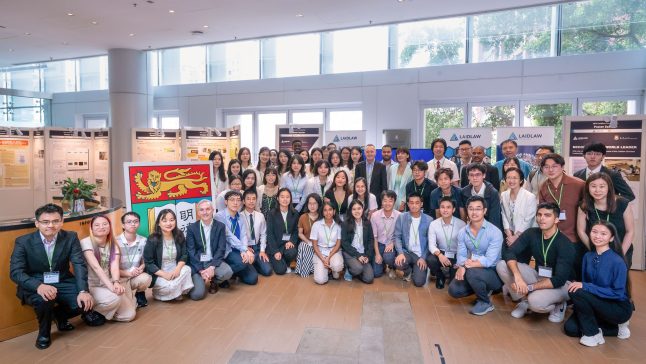Guest blogger series: Michael Pittman on Coursera Partners Conference 2015
 Dr. Michael Pittman is a Research Assistant Professor at the Vertebrate Palaeontology Laboratory of the Department of Earth Sciences. He is a multi-disciplinary vertebrate palaeontologist whose primary interests are in the evolutionary biomechanics of vertebrates, especially dinosaurs.
Dr. Michael Pittman is a Research Assistant Professor at the Vertebrate Palaeontology Laboratory of the Department of Earth Sciences. He is a multi-disciplinary vertebrate palaeontologist whose primary interests are in the evolutionary biomechanics of vertebrates, especially dinosaurs.In this article I am going to talk about the opportunities and benefits of MOOCs for on-campus teaching and learning at HKU. I will do so by presenting a number of case histories from other universities that were shared at the recent Coursera Partners Conference.
Before I begin I would like to provide some background to my conference experience. At the conference I picked up a few ‘tricks of the trade’ for my own planned MOOC (see Dr. Masato Kajimoto’s insights here) and considered and critically evaluated the conference sessions from my perspective as a younger academic. I was deeply impressed by what has been achieved so far on the Coursera MOOC platform – the amount of high-quality material offered is staggering.The sense of community amongst the Coursera partners was another inspiring aspect of the conference, and it was evident that a number of fruitful institutional collaborations have been formed in this context. For example, the course ‘Create and develop a technology startup’ (‘Créer et développer une startup technologique’) is jointly run by École Polytechnique and HEC Paris of France. However, like most things, MOOCs have room for improvement and there are obstacles to the full leverage of MOOCs (I believe the latter will be when MOOCs become a mainstay of on-campus university education). Dr. Joseph Wu, for example, identified the sustainability of MOOC production as a major issue for universities to further consider. For me, the need for broader communication of the learning value of MOOC education had particular resonance during the conference. This is because the use of MOOCs on-campus has not gained global traction, including at HKU. One reason for this might be because peer-reviewed research on MOOC learning effectiveness is more limited in comparison to research on more traditional multimedia teaching (see insights into multimedia and MOOC teaching methods here). In this article I specifically focus on my conference insights into MOOC-based flipped courses, a key use of MOOCs on-campus. I hope that in reading these words you will also see value in developing this area at HKU.

Professor Grahame Bilbow (left) and Dr. Michael Pittman (right) at the Coursera Partners Conference.
In a MOOC-based flipped course students study MOOC lectures in their own time, but go to class for feedback and discussion sessions. By shifting in-class teaching in this way, students can work through their learning with more direct benefit from their peers and their instructor. These MOOC-based flipped courses typically have a structured online forum too so that students can improve their learning outside of class from a body of students that is much larger than their own on-campus class. During the conference many case histories about this course format were shared, ranging from improvements to the learning experience of students to the cost-benefit for an institution.Below I present a select number of these case histories to illustrate the benefits and drawbacks of this course format:
Dr. Kim Manturuk of Duke University noted that half of their MOOCs have been used to successfully flip related on-campus courses. In some cases their MOOC material had even flipped multiple courses, allowing instructors of other courses to dedicate more time and effort to tutorial, discussion and feedback sessions.
An audience member from the University of Nebraska commented that MOOC materials from other institutions had been used by his university, and that they have paid this forward by providing their own MOOC materials to other universities. This sharing of MOOC materials for on-campus teaching – which is often a sharing of specialist teaching material – is building momentum, and is especially convenient given the video format of lectures. Fellow Coursera partners seem to have generally shared MOOC materials free-of-charge, underscoring the sense of community amongst partners.
At the University of Alberta the MOOC-based course Dino 101 is taught to ~600 undergraduates every year, allowing large numbers of students to learn important biological and geological concepts all the while being inspired by amazing dinosaurs. The University offers two versions of this course to its students: a completely online version where students study MOOC lectures and online reading materials, and a flipped classroom version where online materials are supplemented with fieldtrip and laboratory visits as well as guest lectures. Dino 101 is a wonderful example of large-scale on-campus knowledge dissemination that would have been impossible to do through traditional teaching methods. However, larger class numbers require additional course infrastructure to be in place e.g. the training of teaching assistant to lead small groups of students, so tutorial- and discussion-based learning can be scaled up.
Regarding the cost-benefit of this course format, Dr. Annemarie Zand Scholten of the University of Amsterdam said that government funding changes in the Netherlands inspired her University to use MOOCs as a cost-effective way of teaching selected courses. This allowed the university to retain – rather than close – popularpremaster programs in social sciences and child development and educational sciences.
Prof. Roger Cheng shared that HKUST has successfully used MOOC-based on-campus education to recruit exchange students that had previously been ineligible because of term time incompatibility. From this perspective the on-campus use of MOOCs can have substantial benefits towards the internationalisation goals of a university. On the flip side, Prof. Roger Cheng highlighted some shortcomings of MOOC-based on-campus teaching and learning, including the relatively short length of MOOC lectures and the need for students to adapt to more active learning practices. This mode of education needs support from well-structured tutorials, discussions, further reading and coursework and even supplemental in-class lectures as well. MOOCs can simply be used as a supplemental resource to traditional on-campus courses but this negates the benefits of MOOC-based course flipping. In either case, time and training must be given to students to adapt to the new active learning style which requires a higher degree of self-motivation.
Ms. Valentina Todoro of Boccini University, Italy argued that effective flipped courses benefit from a customised teaching environment e.g. moveable furniture and a more flexible and capable projection setup. Her view was shared by her institution which has been renovating classrooms for this reason. HKU has examples of comparable classroom facilities that have been used for non-MOOC based flipped classrooms – these facilities would be an ideal platform for experiments involving MOOC-based flipped classrooms in the future.
MOOCs have great potential to improve multiple facets of on-campus teaching and learning at HKU, particularly when used in flipped classroom scenarios. MOOC-based flipped courses require careful planning and at larger class sizes require greater investment in teaching assistant training to scale tutorial- and discussion-based learning as well as coursework marking (and feedback sessions). Online assessments might also be necessary to develop and if these require written answers then peer-marking might also be required. However, if these challenges can also be overcome at HKU, I see a number of opportunities and benefits for the university, including:
- More tutorial and discussion sessions to consolidate learning.
- A new way of learning more suited to the younger generation.
- A big variety of courses than might otherwise be offered.
- Greater inter-institutional collaboration.
- Knowledge dissemination to more students.
- A means to retain important specialist courses, despite small class sizes.








